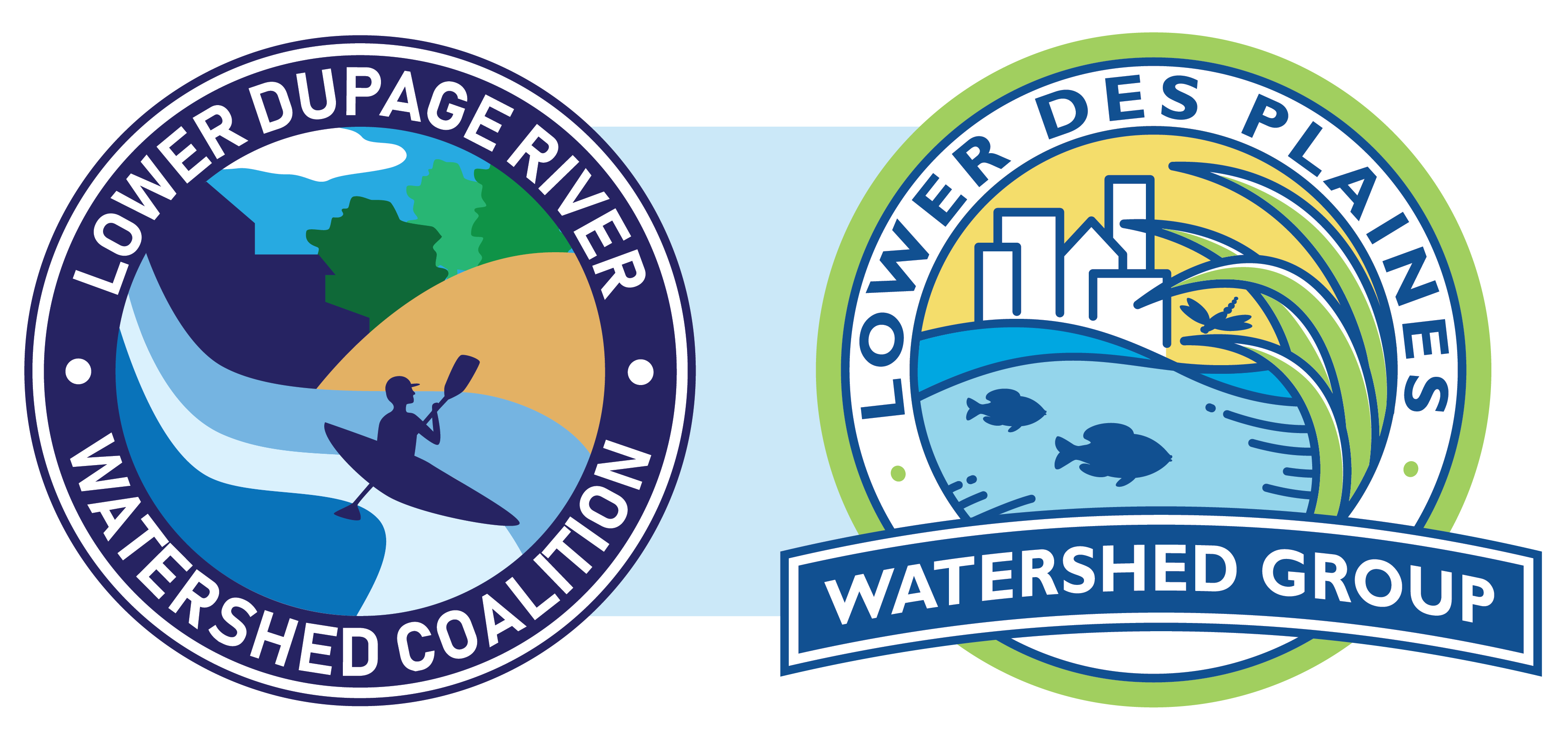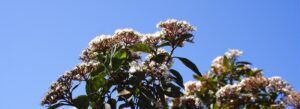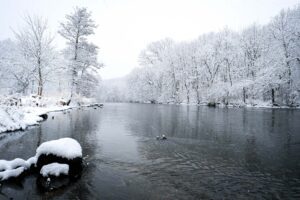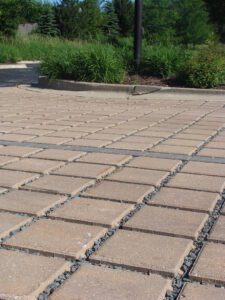Green roofs are one way we can bring back pieces of nature to developed areas. From absorbing and filtering rainwater to reducing building energy needs, green roofs have a variety of benefits that can help urban and suburban communities.
Green roofs are also one form of green infrastructure that can help our neighborhoods be more resilient to stormwater issues. If you missed it or need a refresher, read our first blog post in the green infrastructure series to learn what green infrastructure is and how it can help solve stormwater problems in our community.
A Living Roof
Green roofs, also called living roofs, are roofs covered with plants. They also incorporate layers that support plant growth, promote drainage, and protect the roof underneath. There are two main kinds of green roofs: extensive and intensive.
Extensive green roofs have less depth and weigh less. They are usually planted with sedums or other kinds of succulents that are drought resistant and can grow in a shallow layer of soil. Compared to other types of green roofs, extensive green roofs are less expensive to create and require less maintenance.
An intensive green roof is a much thicker living roof. Intensive green roofs have a deeper layer of growing medium as well as deeper supportive layers. The depth of green roofs allows for a greater variety of plants, including shrubs and even trees, to be planted into them. Its thickness also means intensive green roofs are significantly heavier than extensive green roofs. They can only be added to buildings with adequate structural support.
Other green roofs can fall somewhere in-between extensive and intensive. These roofs, sometimes called semi-intensive green roofs, combine features of extensive and intensive green roofs. A thicker growing layer allows for a greater diversity of plants, but there is typically not enough depth for shrubs and trees.
All green roofs are made up of similar layers, from top to bottom:
- Plant layer
- Growing medium: soil or engineered growing medium that supports plant growth and drainage
- Filter layer: catches soil particles and other organic matter
- Drainage layer: moves excess water out to a drain and off the roof
- Protection layer or root barrier: prevents plant roots from growing into the roof
- Waterproof membrane: protects the roof from leaks and dampness
- Roof deck
Benefits of Green Roofs
Whether it is an extensive or intensive green roof—or something in between—all green roofs offer environmental benefits. The benefits of green roofs include:
- Filter stormwater and reduce runoff
- Improve air quality
- Reduce heat island effect and lower building energy needs
- Provide habitat for urban wildlife
- Beautify urban areas with more green space
Local Examples of Green Roofs
McDonald Farm Milk House – Naperville
The Conservation Foundation installed a small, extensive green roof on a farm building once used as a cow milking shed. It is one of several demonstration projects on the farm that introduces visitors to various forms of green infrastructure.

Lace Elementary School – Darien
Lace Elementary School has a 3,000 square foot extensive green roof on part of their building.

Hidden Oaks Nature Center – Bolingbrook
Hidden Oaks Nature Center features a semi-intensive green roof that incorporates native flowers and grasses. The roof is also accessible to the public and has a seating area.

Fountaindale Public Library, Bolingbrook
Foundtaindale Public Library’s 40,000 square foot extensive green roof covers the entire roof surface.

Chicago City Hall – Chicago
Chicago has over 500 green roofs! Chicago City Hall supports a 20,000 square foot semi-intensive, verging on extensive green roof. It is home to 150 plant varieties—most of which are native prairie plants.

Greenroofs.com has a project database to see other examples of local green roofs. There’s also a directory of green roof professionals if you’re interested in installing a green roof at home or in a community space.
A Green Roof for Your Home
Creating a green roof is a big undertaking. If you are considering a green roof, you’ll need to commit time to research and consult a professional to see if your building can support a green roof. Additionally, you may need to obtain a permit for construction. Finally, hire a qualified contractor to install the roof and keep up with ongoing maintenance to keep your green roof in good shape.
A green roof is one of the most intensive forms of green infrastructure a homeowner can do. If you’re just starting to make your home more sustainable and environmentally-friendly, you can start with easier, less costly forms of green infrastructure, such as rain gardens and rainwater harvesting with a rain barrel.




